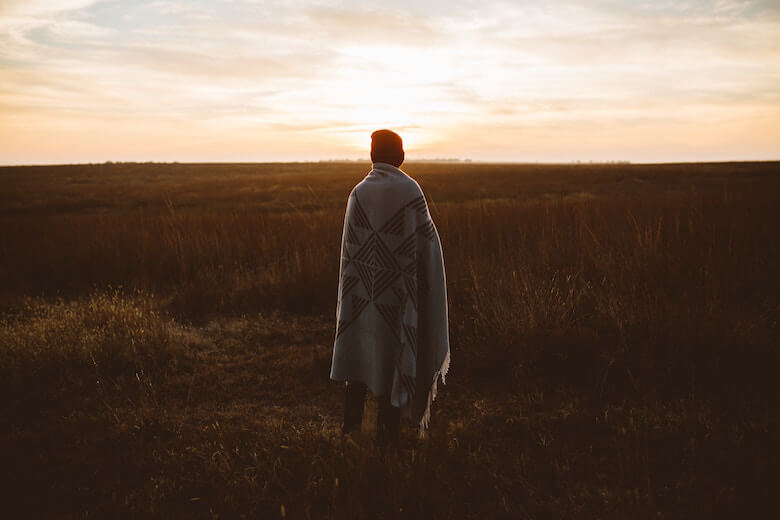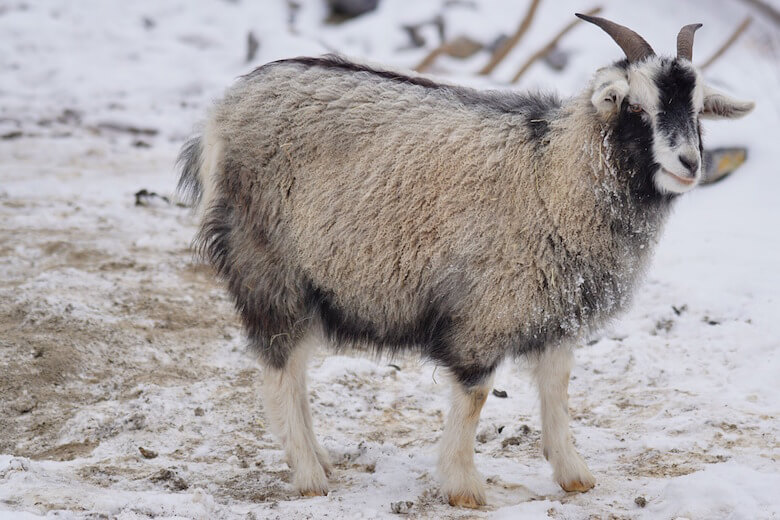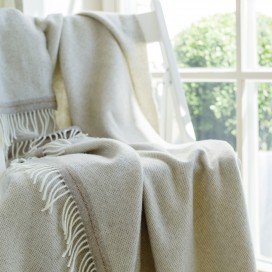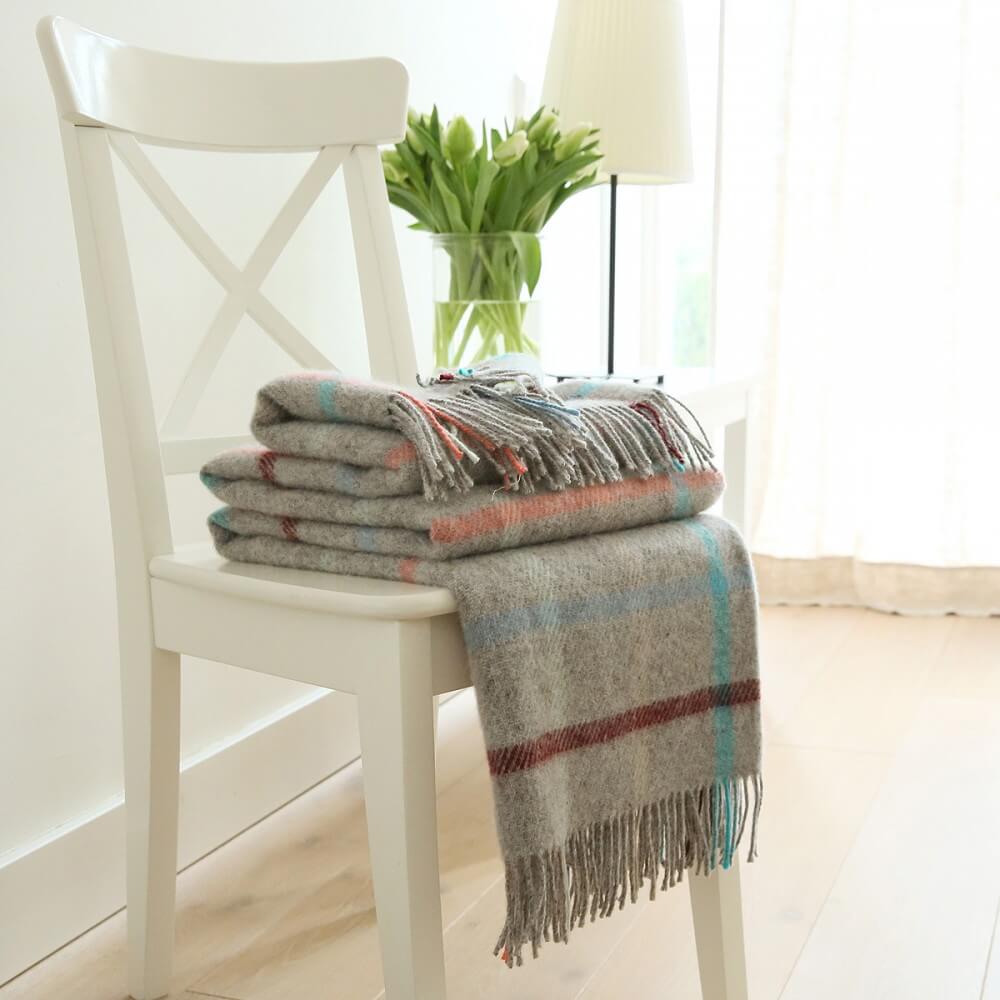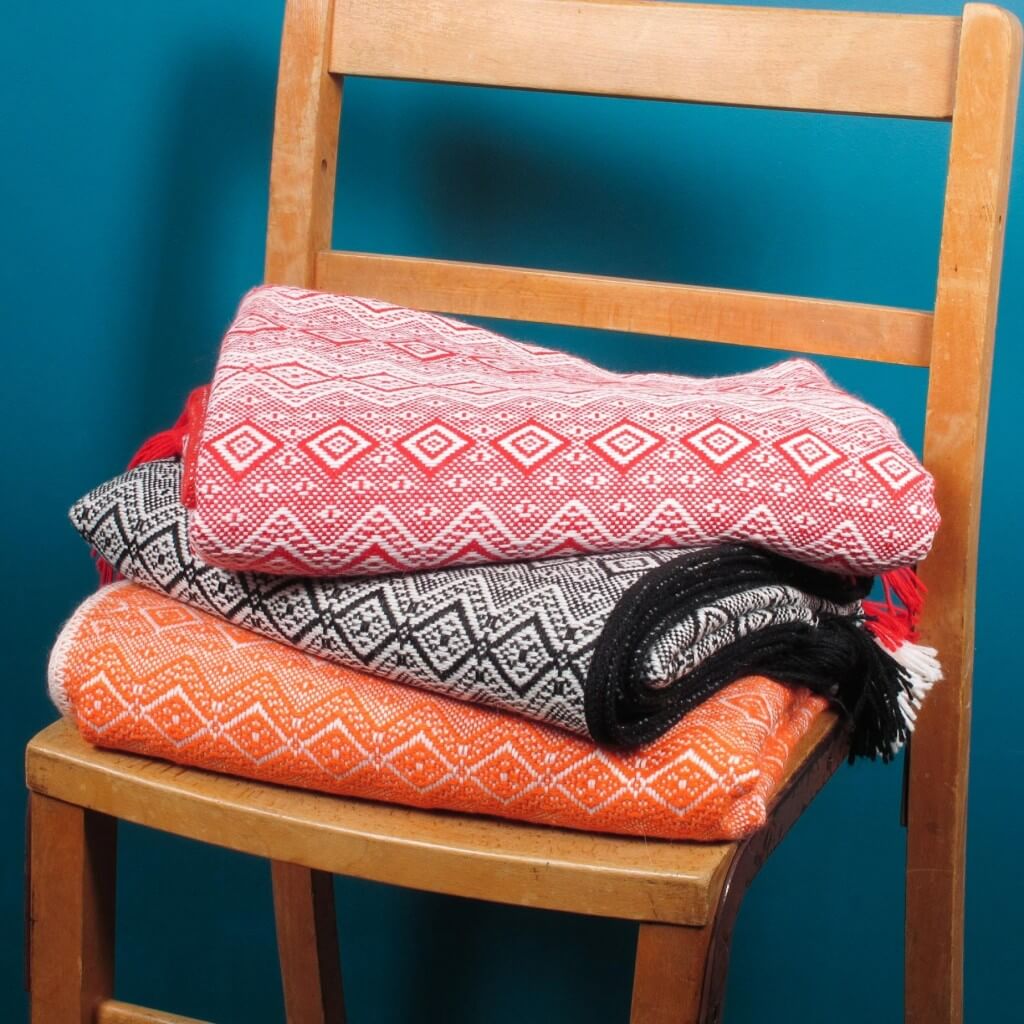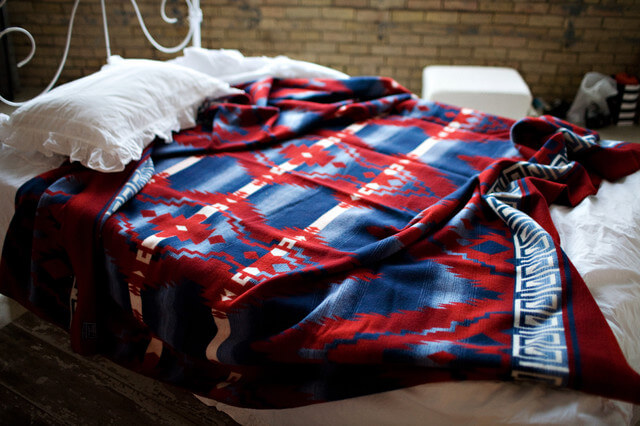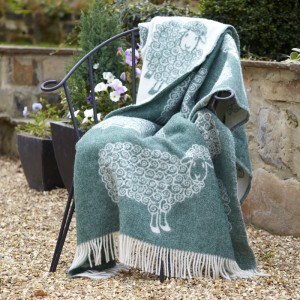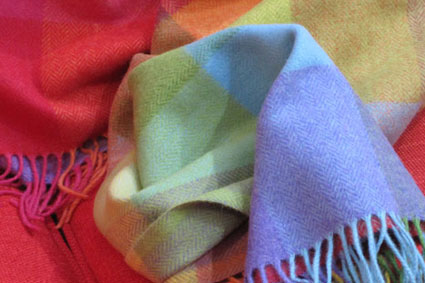We all love our woollens, from sweaters to socks, blankets to beanies. So what do we do when they start to look worn, or get damaged? Here are some tips on how to avoid pilling, shrinking and moths eating your beloved wool textiles. It’s important to note that high quality, natural woollens will last longer and look better than cheaper acrylics or synthetic fibres, due to the inherent durability and longer fibres in pure wool. So first things first: invest in decent woollens in the beginning and you’ll get far more use for your money. But if things go wrong, here’s how to solve some of the major problems with wool.
Your wool throw has gone rough and stiff
Imagine this: you bought a beautiful new throw in softest wool and have used it as many times as you can without washing. When you realise it needs a refresh you put it in the washing machine on a low temperature and hope for the best. But it comes out feeling rough or stiff, all the snuggliness has gone. What happened? Well, maybe you shouldn’t have washed it in the machine. Unless otherwise marked on your garment’s care instructions it’s best to wash woollens by hand, in cool water. The other cause could be your detergent. Normal laundry liquids are too harsh for wool, so make sure you use a specially-formulated detergent, like The Laundress Wool and Cashmere, or Ecover Delicate. These contain natural enzymes and no chemicals, and are as good for the planet as they are for your woollies. Make sure you choose a detergent that carries the Woolmark logo, so you know it’s suitable.
If you have already got a less-than soft woolly, try hand washing in cool water with a wool detergent and using a wool fabric softener. Rinse thoroughly and dry outside, away from the sun, and flat. This should revive the fibres and increase the softness, though it may never be quite the same. The key here is prevention.
Your woollen sweater has pilling
Pilling (those annoying little bobbles that appear on woollen items) is caused by the friction of two surfaces rubbing together. It often occurs in areas like armpits or the sides of a sweater where a bag might hang against it. If you see pilling on a woollen garment you can use a lint roller or special pill shaver to remove them. Longer pills can even be carefully snipped off with scissors or a razor. Avoid a recurrence by washing the item inside out and only use a liquid detergent that is specifically for wool. Dry the item naturally. Natural, top grade pure wool will pill less as the fibres are longer and therefore are not as easily forced to the surface when rubbed.
Your woolly socks have shrunk
Oh the horror of removing your much-loved cosy alpaca wool socks from the machine, only to discover they would only just about fit a Barbie doll! Wool doesn’t actually shrink. In fact, wool is a protein, which means when it’s washed too vigorously or in too high temperatures the fibres in the wool stick together, giving the appearance of shrinkage. If the damage has been done you can stretch the garment while still damp, but sadly there is no way to fully reverse this. Make sure it doesn’t happen by following the manufacturer’s care instructions to the letter. Wash only with appropriate detergent, use cool water and the delicate cycle if you are machine washing, and don’t tumble dry.
Moths are eating your woollens
An infestation of moths can be disastrous. They can chomp through woollen clothes and textiles, but also lots of other things too, ruining much-loved belongings. To prevent getting moths in the first place make sure you only store woollens when they are clean. Use zipped bags if you are storing things over the summer months. Make insect-repellant bags filled with dried lavender and cedar wood, then place these in every drawer or hang in your wardrobe. If you have an infestation already, throw out anything that is beyond repair, keeping the rubbish bag tightly sealed and discard immediately. Place the remaining items in sealed plastic bags and put in the freezer to kill any eggs or larvae. Give your wardrobe and drawers a thorough clean out and wash everything else in there. You can get chemical moth repellant products to treat the problem, or call out a pest controller to deal with a really major infestation.


